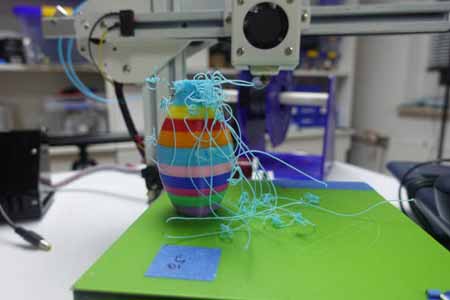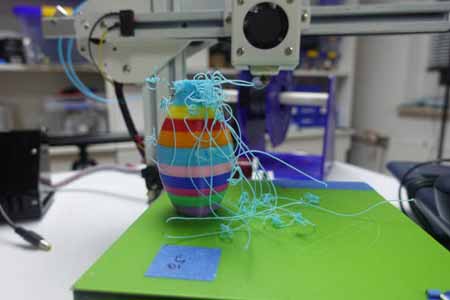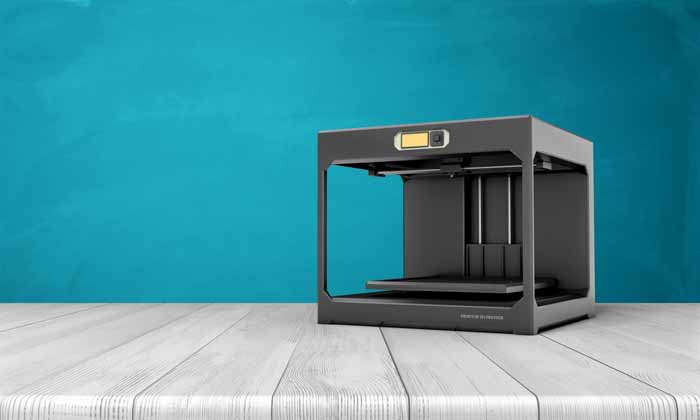One of the most common 3D printing troubleshooting problems involves filament. In bad weather, PLA and ABS can become brittle and cause the printer to fail. To ensure proper calibration, replace your filament or check for other potential causes. If you’ve had problems with a print before, this article will offer a few tips to help you troubleshoot the problem. Here are some of the most common issues that you should be aware of.
Inconsistent vertical surfaces

A common problem caused by filament running out is the 3D printer running out of filament. The best way to check if your filament has run out is to check the spool for excess filament. In addition, you should look for any dust that may have collected in the nozzle. In this case, replace the filament with a new spool. Lastly, if your printer is experiencing excessive vibration, the cause is likely in the print head itself.
Insufficient Filament
This issue can also cause the printer to stop extruding between prints. Insufficient filament can carry dust to the nozzle head, which can cause the print to fail. A blocked nozzle can also prevent the printer from extruding material between prints. In some cases, filament may even stack up before the printer comes to a halt. To resolve this issue, you should check the filament and clean the nozzle.
Inconsistent Filament Extrusion

This is a common problem with 3D printers. A heated bed eliminates this problem. This is a good reason to upgrade to a new printer with a heated bed. A heated bed prevents your printer from warping, so your prints will look perfect! If you’re having trouble adjusting the settings, check your slicer to ensure they match your printer.
Wavy prints. A wavy print can look like it is a wave or ring. This is a sign that the extruder is partially clogged. A clogged nozzle can cause your model to not adhere properly. Make sure to check the temperature of the bed on a regular basis. A hotter bed will reduce the possibility of a wavy print.
Inconsistent Layer Printing
You should check your slicer for this problem and check the printer settings. The first layer of the print does not stick to the bed. The print head does not touch the bed. The print head does not move at all. A heated bed can be problematic when it comes to filament or filaments. If the rods are not working, then you should use a different slicer or printer.
Blobs

A blob is a problem that arises when the print head does not adhere to the bed. If the bed is not leveled, the blob will cause the first layer to stick. The temperature of the bed is another problem. Some materials require a heated surface for them to stick to the table. You can check this by using your slicing software.
Ringing
A ring is a wavy pattern on the print surface. This is caused by two reasons: unclean guidance and vibrations. A ring appears when the extruder suddenly changes directions. This ring is caused by vibrations in the extruder. If the print is ringing, then the filament isn’t getting into the bed. This is a common 3D printing troubleshooting problem, but it can be solved easily by lowering the speed.
Finally
The most common 3D printing troubleshooting problem is layer shifting. This happens when the layers of the model are misaligned. If the layer shifts, it results in a staircase-like appearance. To solve the problem, you can remove the filament and load it with new material. Then, if the problem persists, repeat the process. It is important to be patient and follow the instructions carefully.

